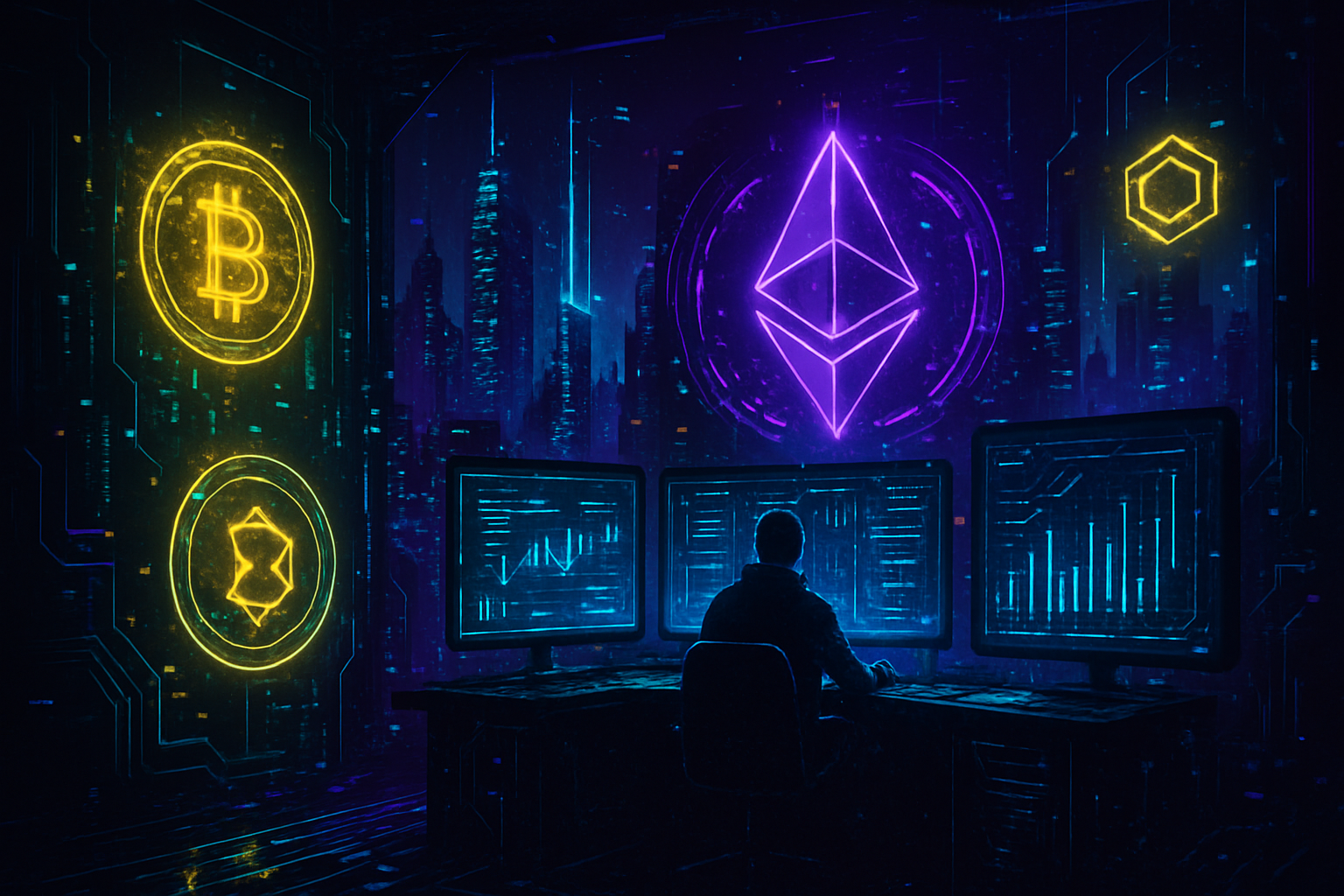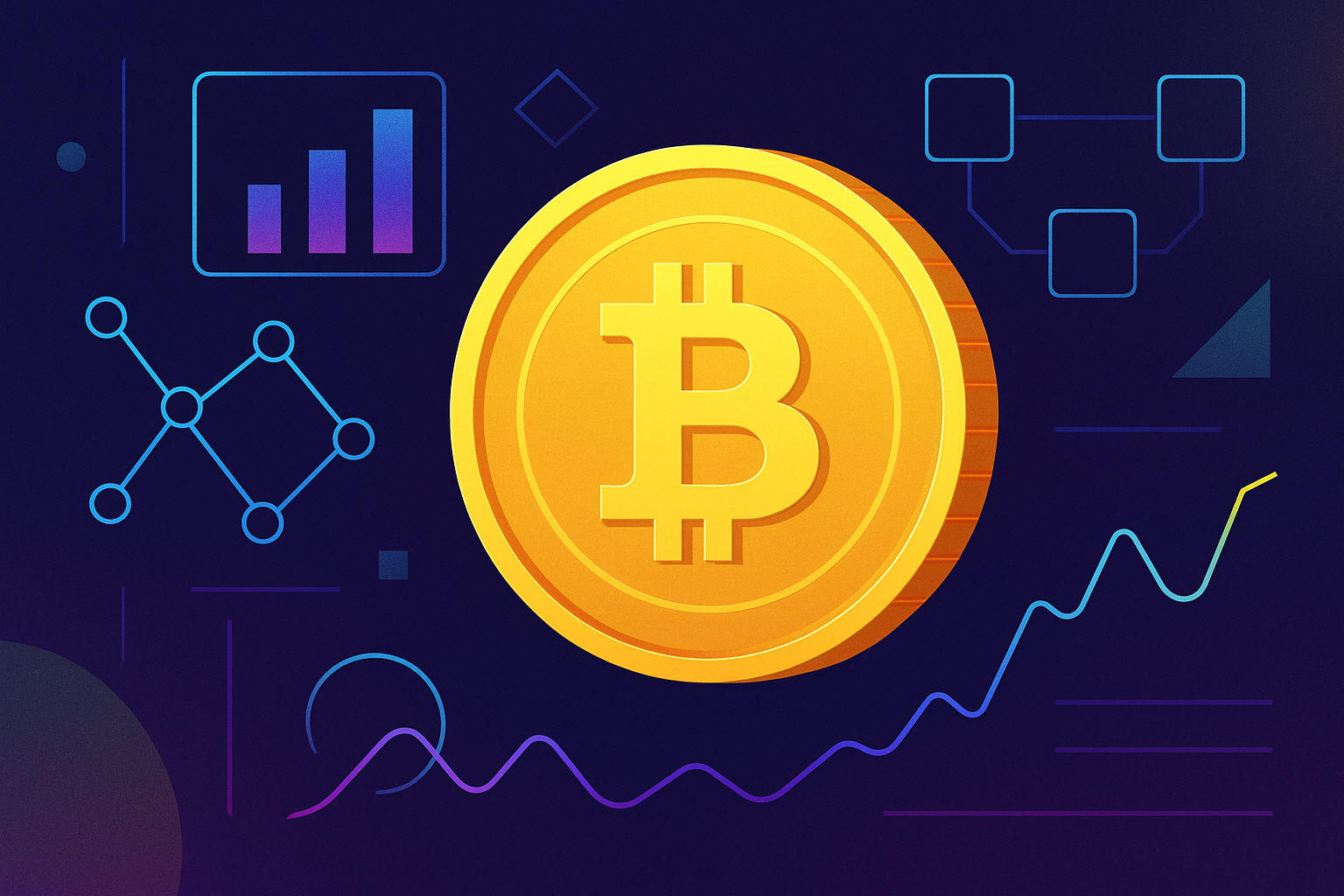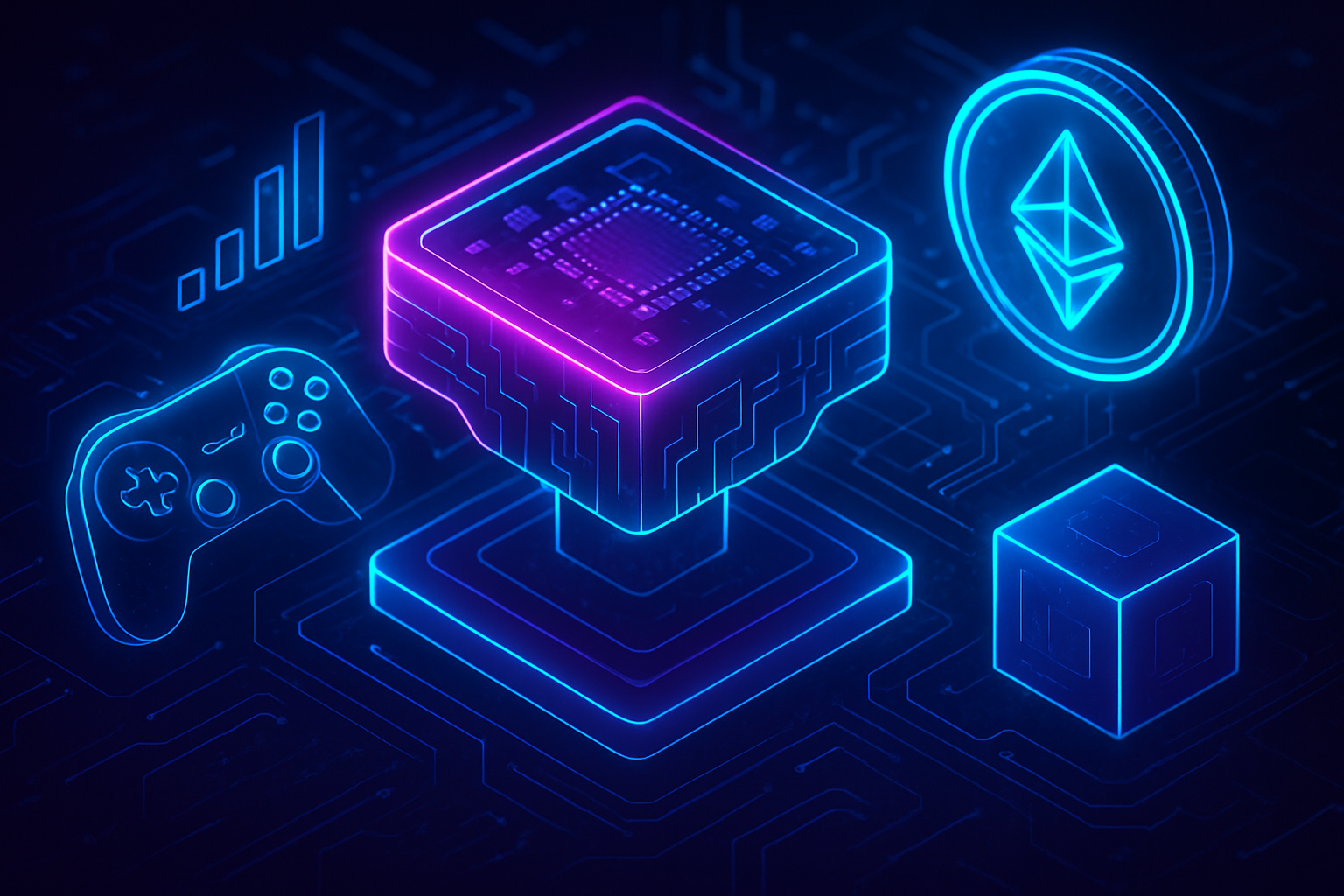
Blockchain gaming and decentralized finance (DeFi) have always wrestled with the same friction: how do you deliver real-time, low-latency experiences without sacrificing security or composability? The answer emerging in 2025 is clear: ephemeral rollups. These temporary, high-performance execution environments are rapidly transforming both industries, enabling everything from lightning-fast trading to fully on-chain games that feel as responsive as their Web2 counterparts.

What Makes Ephemeral Rollups Different?
Traditional rollup solutions have moved the scalability needle, but they often require bridges, new tokens, or isolated liquidity pools. Ephemeral rollups, pioneered by projects like MagicBlock on Solana, flip this paradigm. Instead of spinning up persistent sidechains or committing to complex bridging infrastructure, developers can launch temporary execution layers on demand. These ephemeral environments process transactions off-chain in rapid bursts and then trustlessly settle the final state back to the base layer – all with full cryptographic security.
This model brings several strategic advantages:
- No bridges or new tokens: Full access to base layer liquidity and composability
- Burst execution: Compresses computation into ultra-fast sessions for near-zero-fee interactions
- Sub-50ms latency: Real-time responsiveness for interactive apps and games
- Provable sessions: Customizable runtimes with auditable results
The result? A seamless user experience where even the most complex game logic or high-frequency DeFi strategy can run on-chain without lag or cost bottlenecks. For a technical deep dive on this architecture, see MagicBlock’s guide to ephemeral rollups at magicblock.xyz.
The Real-Time Gaming Revolution
The impact of ephemeral rollups on blockchain gaming cannot be overstated. Latency has long been the Achilles’ heel of fully on-chain games. Even minor delays can break immersion or tip competitive balance. With ephemeral rollups delivering latencies below 50 milliseconds globally, we’re seeing a wave of innovation that was previously impossible.
How Ephemeral Rollups Are Revolutionizing Blockchain Gaming
-
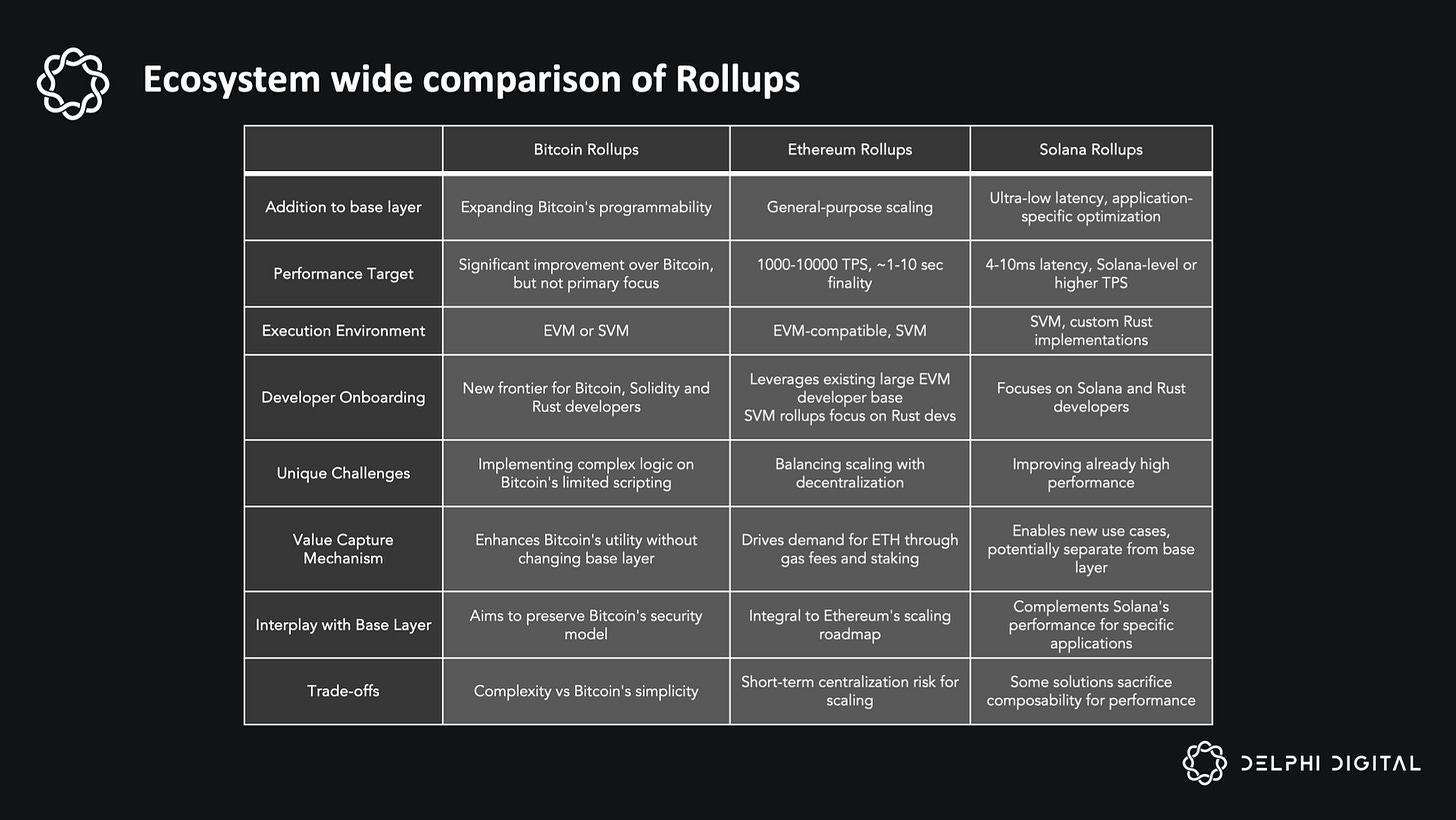
Ultra-Low Latency Gameplay: Ephemeral rollups enable end-to-end latencies below 50 milliseconds, making real-time, fully on-chain gaming experiences possible for the first time. This allows for fast-paced, interactive game mechanics that rival traditional gaming platforms.
-
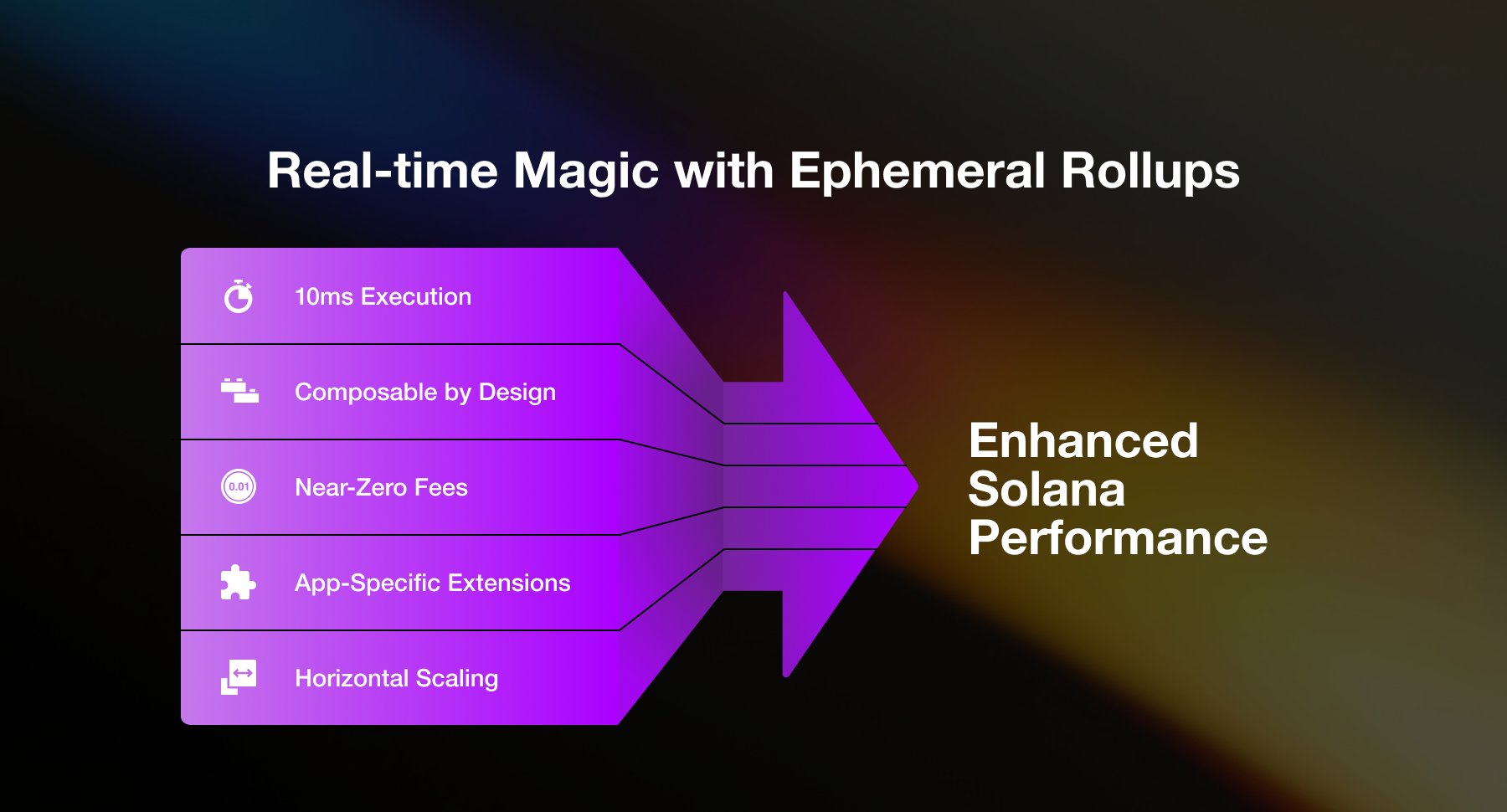
Zero-Fee Interactions: By compressing execution into short, ephemeral bursts, platforms like MagicBlock reduce transaction costs to the point of zero-fee gameplay, eliminating barriers for players and developers.
-
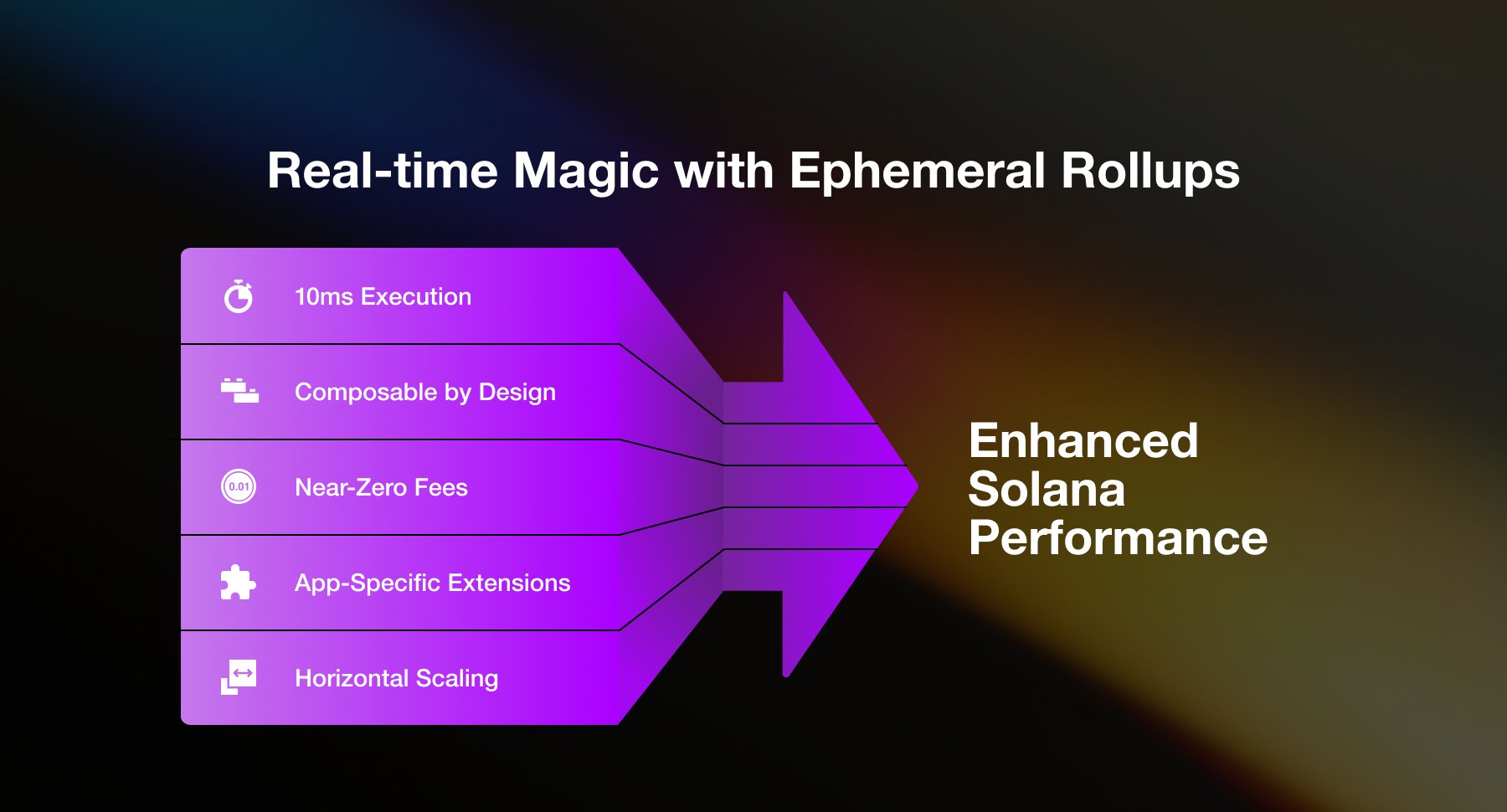
Seamless Integration with Solana: Ephemeral rollups operate natively on Solana, processing transactions off-chain and committing final states back to the mainnet. This approach maintains full access to Solana’s liquidity and composability without bridges or new tokens.
-
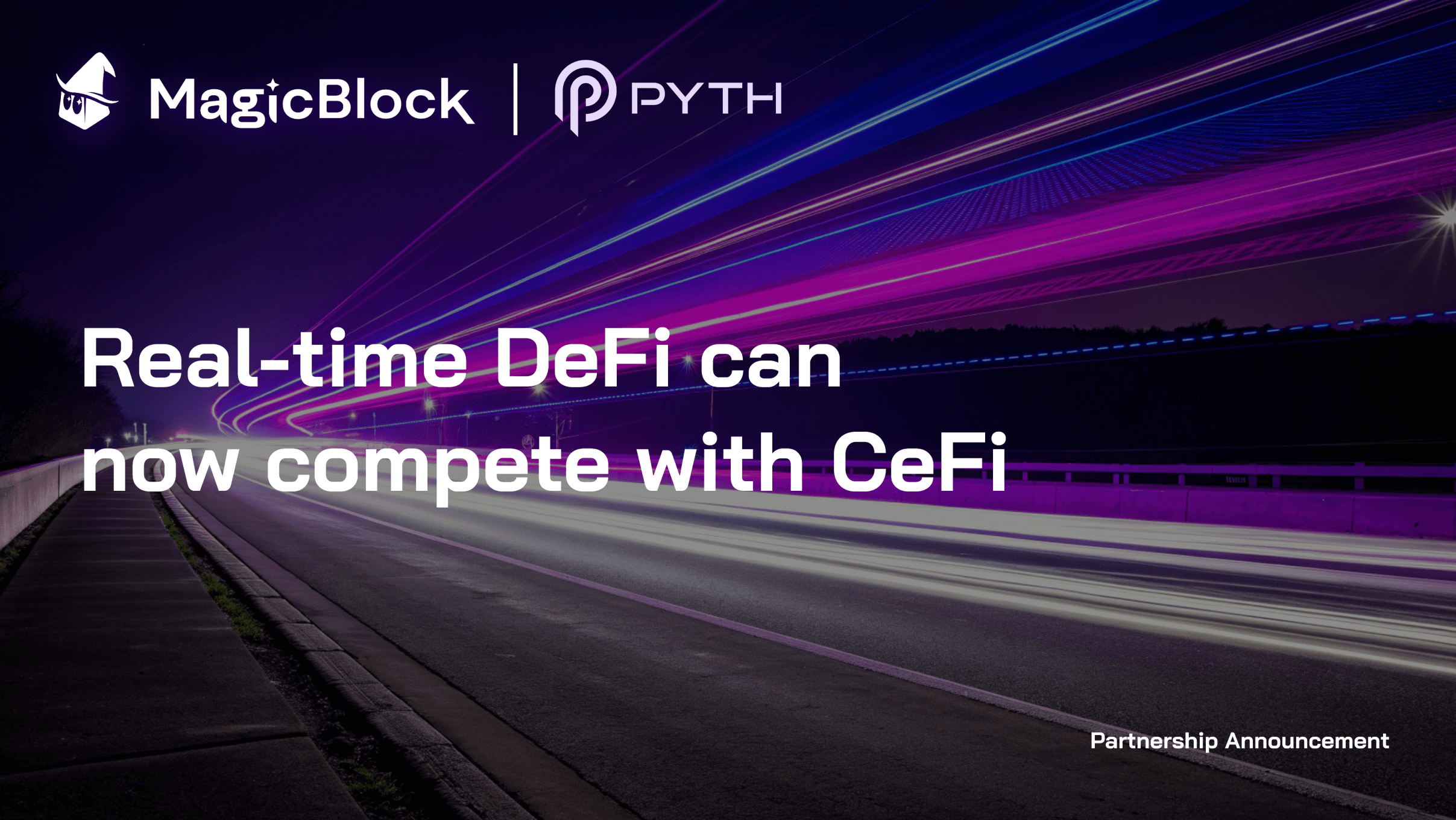
Developer-Friendly Tools: The Bolt framework by MagicBlock abstracts blockchain complexities, offering a familiar entity component system architecture for game developers and accelerating the creation of real-time on-chain games.
-
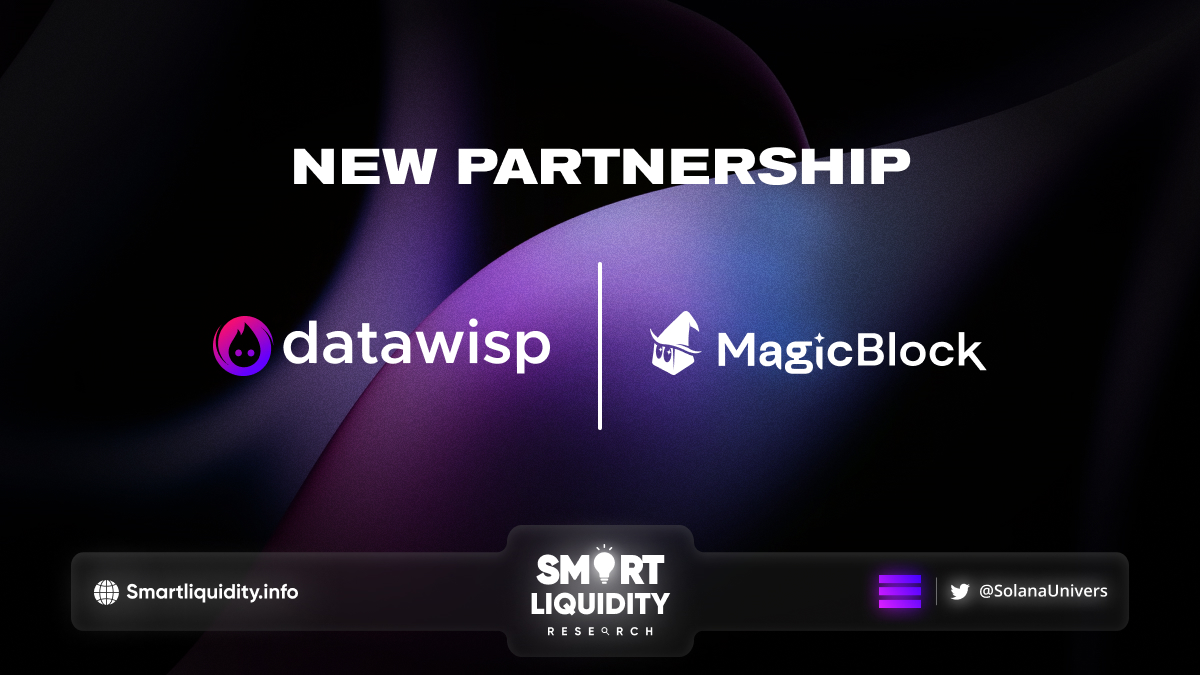
Open-Source Innovation and Ecosystem Growth: MagicBlock has open-sourced its ephemeral rollup technology, fostering rapid adoption and collaboration across the Solana ecosystem, including partnerships with projects like Flash Trade, Supersize, Pyth, Jito, and dTelecom.
This isn’t just theory – it’s happening now. MagicBlock’s Bolt framework leverages Solana-native ephemeral rollups to let game developers build with familiar entity component systems while abstracting away blockchain complexity behind the scenes. The result is a new generation of multiplayer games where every move, trade, or battle outcome is provably settled on-chain in real time.
If you want an inside look at how these advancements are playing out in practice – including interviews with founders building fully on-chain titles – check out resources like Solana Compass and MagicBlock’s own blog (Solana Compass feature).
Pushing DeFi Into High Gear
The same mechanics powering seamless gaming experiences are now supercharging DeFi protocols as well. High-frequency trading platforms and real-time financial applications need split-second execution and composability with existing smart contracts. Ephemeral rollups make this possible by allowing trades and strategies to execute off-chain at blazing speeds before trustlessly settling back onto Layer 1.
This unlocks entirely new categories of DeFi products – think decentralized exchanges that rival centralized ones for speed or automated market makers that dynamically adjust parameters in response to live market conditions. And because these ephemeral environments retain composability with the broader ecosystem, integrations remain smooth and secure.
Developers are already leveraging these advantages to create DeFi experiences that would have been unthinkable just a year ago. Imagine arbitrage bots, liquidation engines, and prediction markets operating with sub-50ms latency and zero gas fees for end users. That’s not a distant promise – it’s what MagicBlock and others are enabling today on Solana.
The New Appchain Deployment Playbook
The rise of ephemeral rollups is also rewriting the rules for appchain deployment. Instead of spinning up a dedicated chain with all the overhead that entails, projects can now use one-click appchain deployment models provided by Rollup-As-A-Service platforms. These platforms abstract away the complexity of rollup orchestration, allowing teams to focus on their application logic rather than infrastructure headaches.
This shift is particularly relevant for startups and enterprises seeking rapid time-to-market without compromising on scalability or security. By harnessing ephemeral rollups through services like MagicBlock’s Bolt or Rollup-As-A-Service providers, teams get access to:
Key Benefits of Rollup-As-A-Service for Ephemeral Rollups
-

Zero-Fee or Ultra-Low-Cost Transactions: By leveraging ephemeral rollups through Rollup-As-A-Service (RaaS) providers like MagicBlock and AltLayer, developers can enable near-zero or zero-fee interactions, dramatically reducing costs for users and making fully on-chain gaming and DeFi more accessible.
-
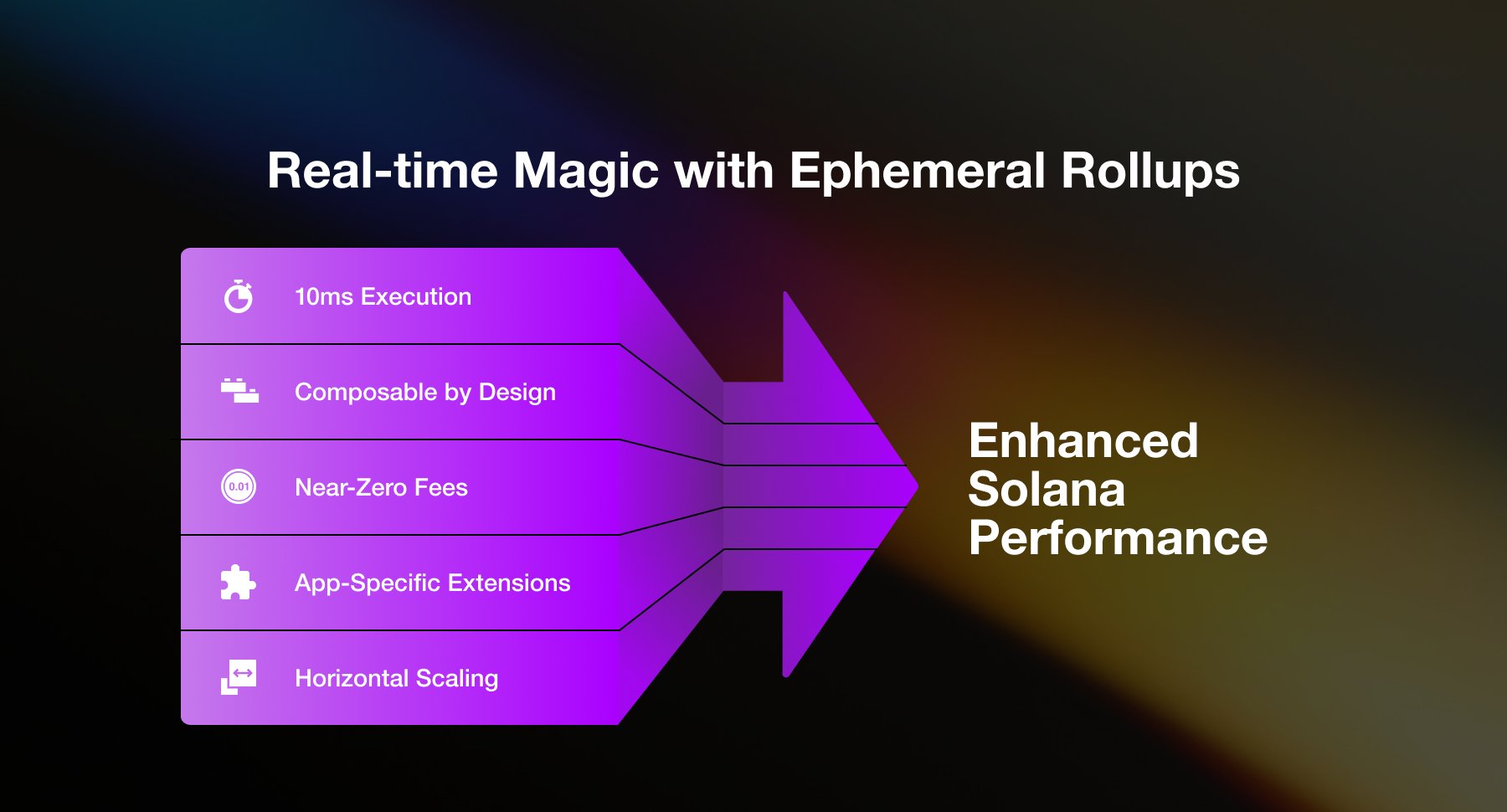
Sub-50ms Latency for Real-Time Applications: RaaS platforms offer ephemeral rollups with end-to-end latencies below 50 milliseconds, supporting seamless real-time gaming and high-frequency DeFi trading that were previously impractical on traditional blockchains.
-
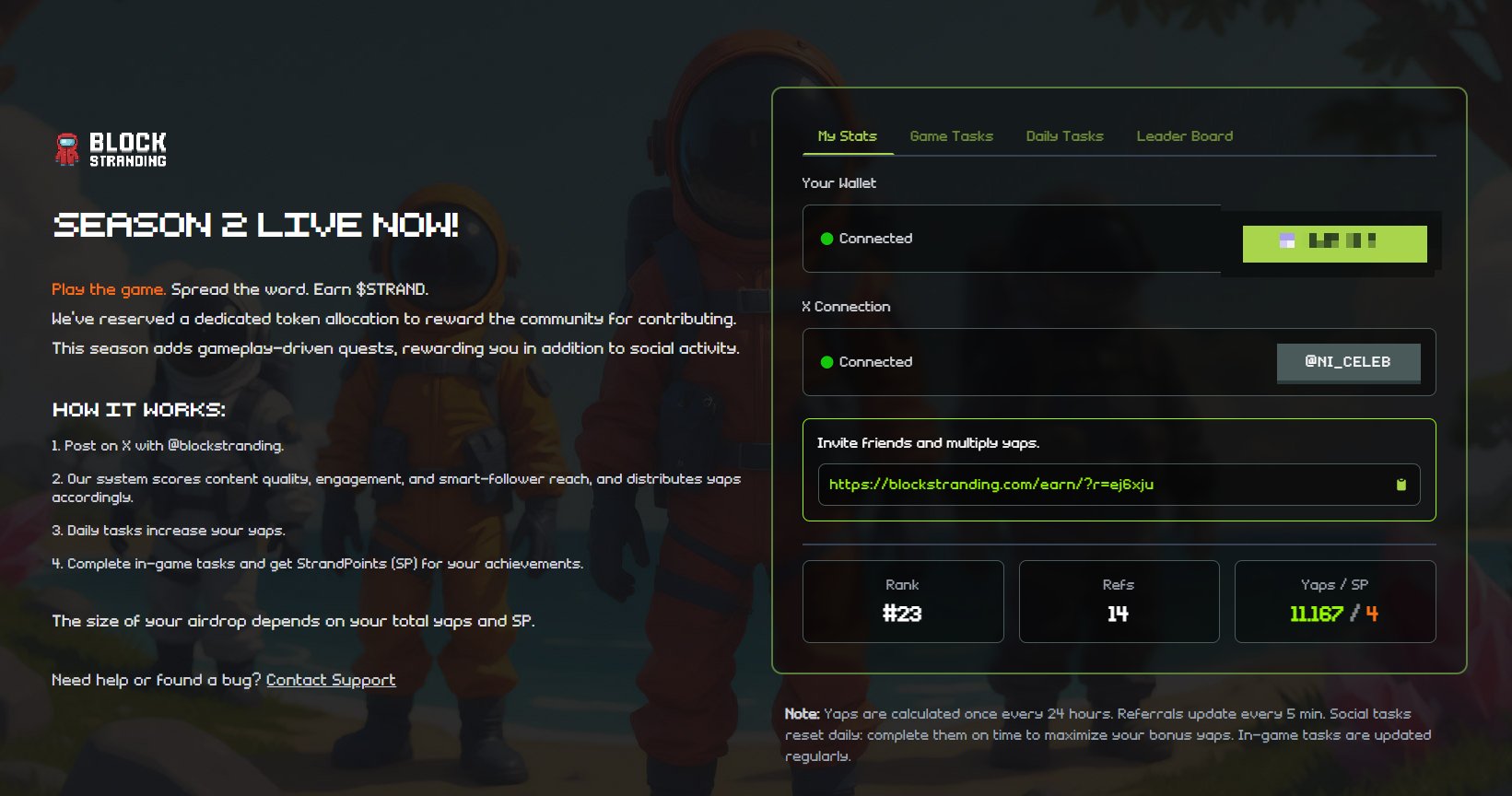
Seamless Integration and Composability: Ephemeral rollups deployed via RaaS maintain full access to base layer liquidity and composability—no bridges or new tokens required—ensuring smooth interoperability with existing DeFi protocols and on-chain assets.
-
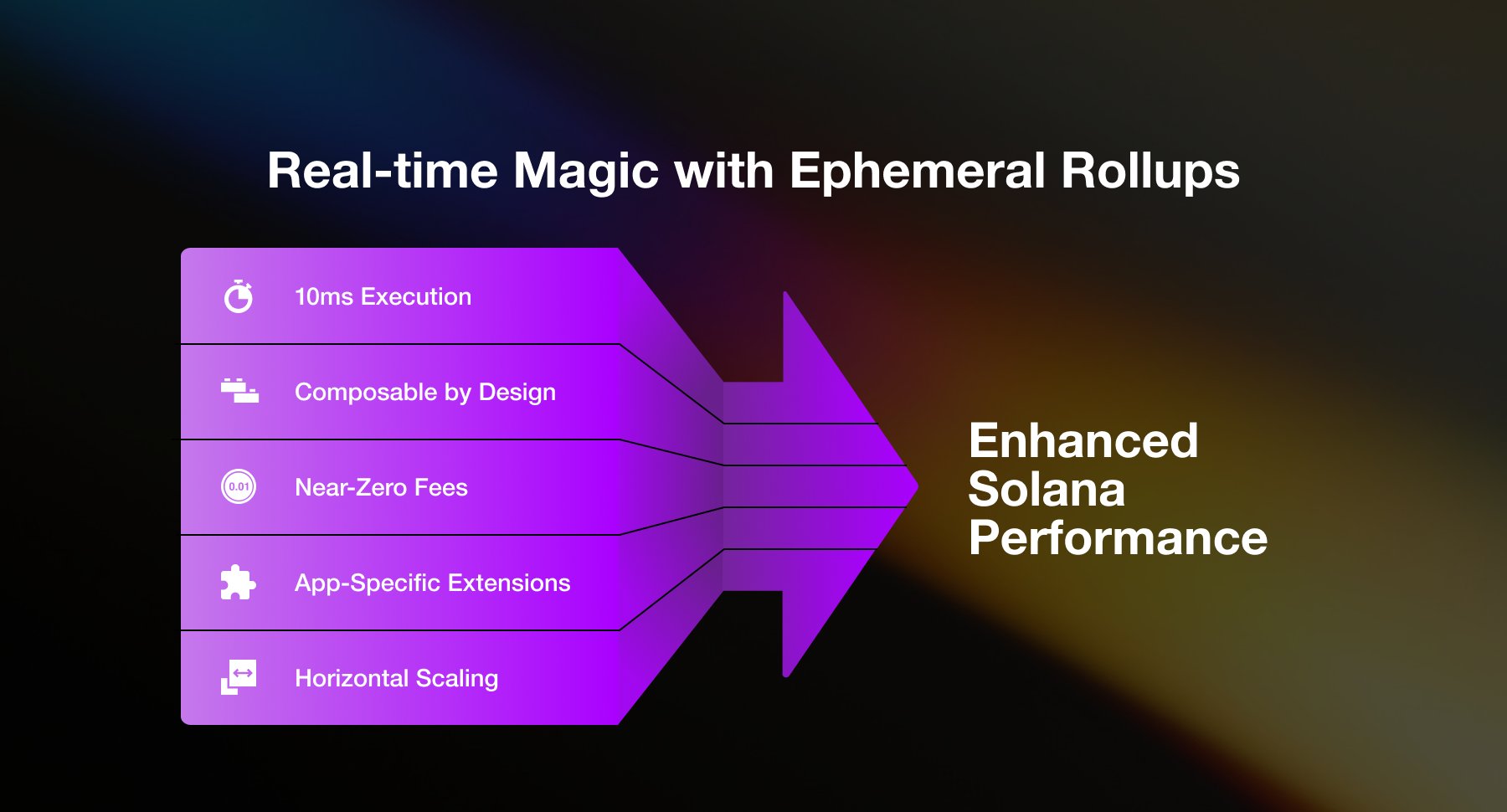
On-Demand, Scalable Infrastructure: RaaS enables developers to spin up and down ephemeral rollups as needed, providing flexible, application-specific execution environments that scale dynamically with user demand and activity spikes.
-

Developer-Friendly Tools and Abstractions: Solutions like MagicBlock’s Bolt framework abstract blockchain complexity, offering familiar architectures and streamlined APIs, making it easier for developers to build and deploy real-time on-chain applications.
The result? Faster innovation cycles, dramatically reduced costs, and the ability to scale up (or down) execution environments dynamically based on user demand.
Ecosystem Momentum and What’s Next
The momentum around Solana ephemeral rollups is unmistakable. MagicBlock’s recent partnerships with Flash Trade, Supersize, Pyth, Jito, and dTelecom signal a growing appetite for low-latency blockchain solutions across gaming and DeFi verticals. Open-sourcing key infrastructure components further accelerates adoption by making these tools available to the entire developer community (see more here).
What does this mean for builders? The barriers to entry for real-time blockchain applications are dropping fast. With robust frameworks, open documentation, and proven success stories in both gaming and finance, we’re entering an era where anyone can launch a scalable appchain without deep protocol expertise.
Key Takeaways for Developers and Founders
- Ephemeral rollups are unlocking true real-time performance for both games and DeFi apps – at speeds previously reserved for centralized platforms.
- No bridges or new tokens required: Seamless composability with base layer liquidity pools.
- Rollup-as-a-service simplifies deployment: One-click solutions mean faster launches and less technical debt.
- Ecosystem support is growing: Open-source frameworks, funding rounds, and deep integrations are fueling rapid innovation.
If you’re building in Web3 or eyeing your next move into blockchain gaming or finance, now is the time to explore how ephemeral rollups can power your project. The technology isn’t just hype – it’s already delivering tangible results across some of the most demanding use cases in crypto today.



